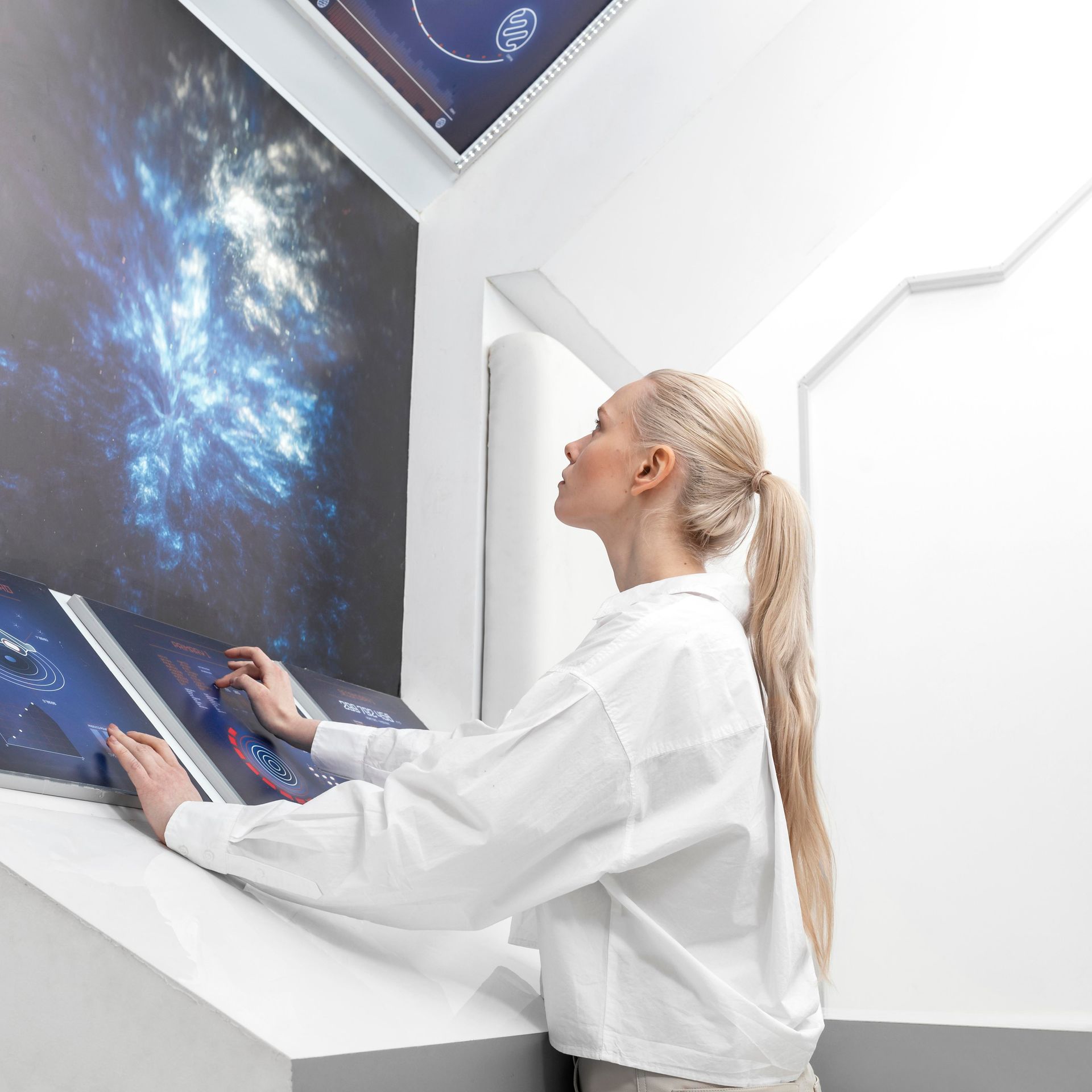Healthcare accessibility remains a significant challenge, particularly in remote or rural areas where medical resources and personnel are limited. Virtual Medical Assistants (VMAs) provided by Chase Clinical Documentation offer a
compelling solution to this issue. By leveraging technology, VMAs can help extend healthcare services to underserved populations, ensuring that more individuals have access to quality medical care. This article explores how VMAs are transforming healthcare accessibility and providing substantial benefits to remote communities.
Extending Reach to
Remote Areas
One of the most significant advantages of VMAs is their ability to operate anywhere there is an internet connection. This feature is particularly beneficial for medical practices looking to expand their services to remote or rural areas that traditionally lack sufficient healthcare facilities. VMAs can manage patient interactions, schedule appointments, and ensure follow-ups, all without the need for a physical presence. This capability allows healthcare providers to offer consistent and reliable medical advice and administrative support to patients, regardless of their geographical location.
Enhancing
Telehealth Services
Telehealth has become a vital service model, especially in improving access to healthcare for patients who cannot easily travel to medical facilities. VMAs enhance telehealth services by handling various tasks that facilitate smoother virtual visits. They can help with setting up telehealth appointments, sending reminders, managing follow-up care, and even assisting with preliminary data collection for consultations. By integrating VMAs, healthcare providers can offer more efficient and timely telehealth services, making medical care more accessible to distant populations.
Streamlining
Administrative Processes
Administrative burdens often limit how effectively healthcare providers can serve their patients, especially in
underserved areas where resources are scarce. VMAs automate many of these administrative tasks, such as patient registration, insurance verification, and billing. By reducing the time and resources spent on these tasks, healthcare
providers can focus more on patient care. This shift not only improves the quality of healthcare but also increases the capacity of providers to serve more patients.
Providing
Multilingual Support
Language barriers can further complicate access to healthcare services in diverse communities. VMAs can be equipped with multilingual capabilities, allowing them to communicate effectively with patients in various languages. This inclusivity ensures that more patients can receive healthcare services in a language they understand, which is crucial for accurate medical consultation and treatment adherence.
Reducing Costs for
Patients and Providers
By reducing the need for physical infrastructure and onsite staff, VMAs help lower the operational costs of providing healthcare. These savings can be passed on to patients, making healthcare services more affordable and accessible. Additionally, by handling routine tasks, VMAs allow healthcare providers to scale their services without proportionally increasing costs, which is especially important in economically disadvantaged areas.
VMAs as Catalysts for
Better Healthcare Access
Virtual Medical Assistants are proving to be catalysts in transforming healthcare accessibility. Their ability to extend the reach of healthcare services into remote and rural areas, enhance the efficiency of telehealth, and streamline administrative processes plays a critical role in bridging the accessibility gap. Chase Clinical Documentation is committed to advancing these technologies, ensuring that healthcare providers can offer their services more broadly and effectively. As we continue to embrace the potential of VMAs, the promise of better healthcare accessibility for underserved populations becomes increasingly attainable.
Recent Posts













